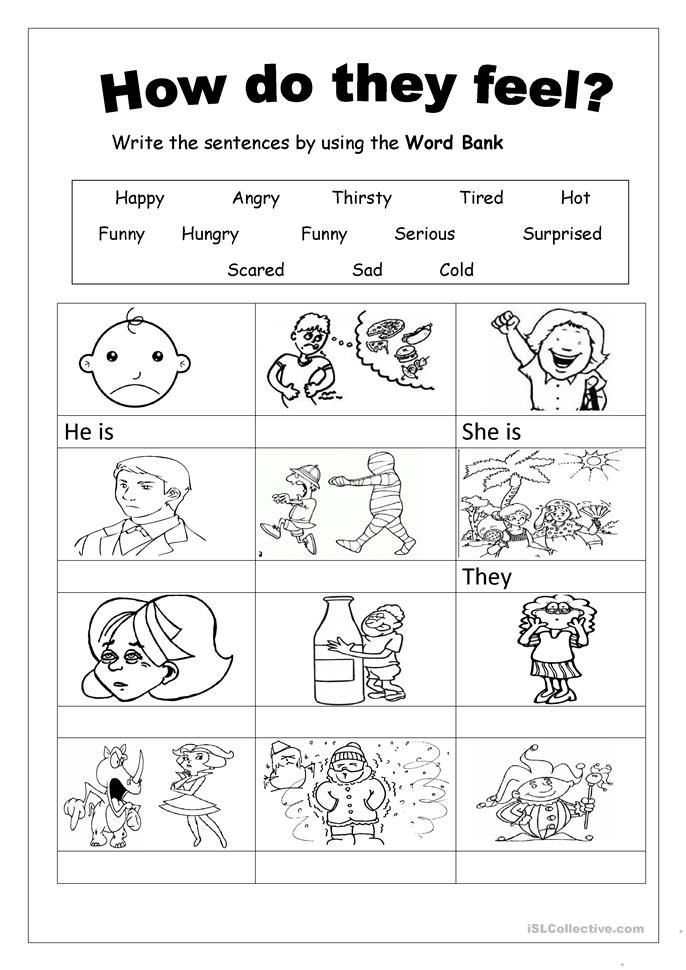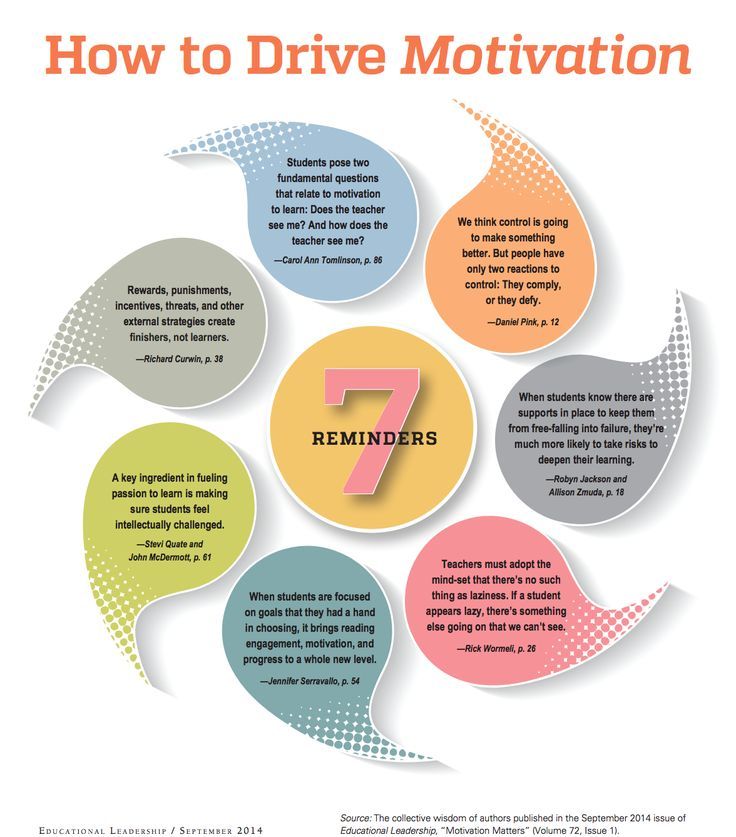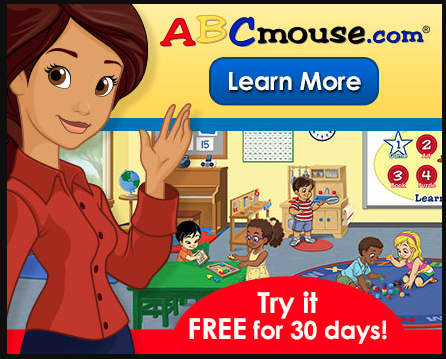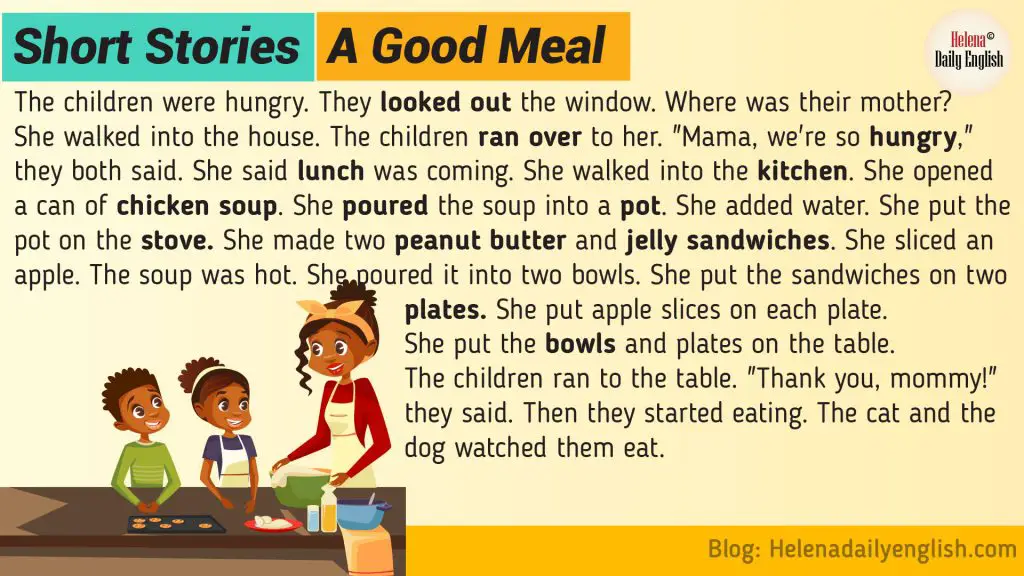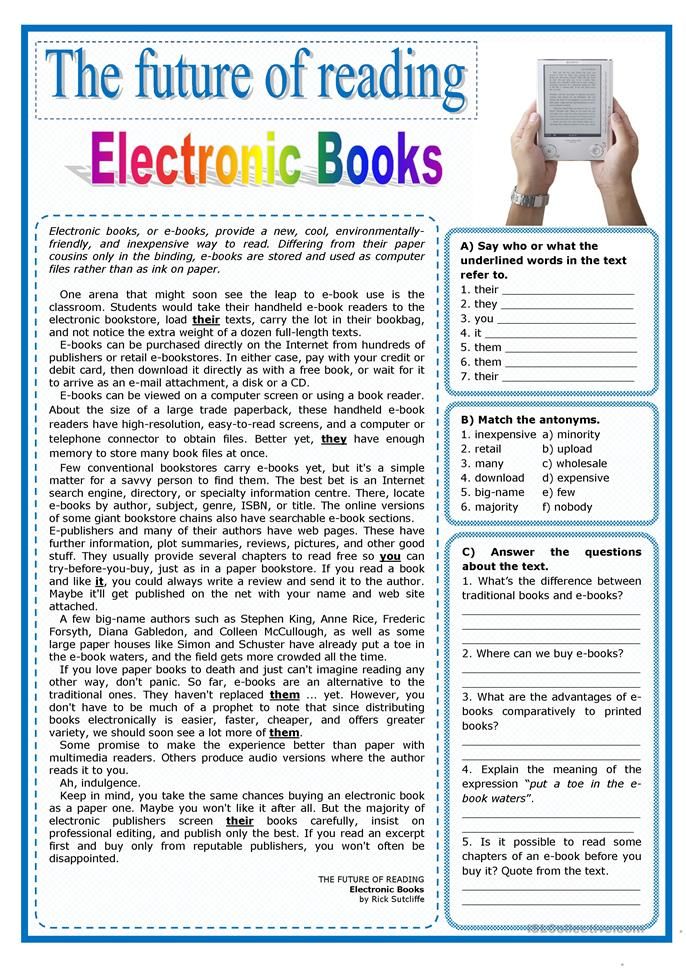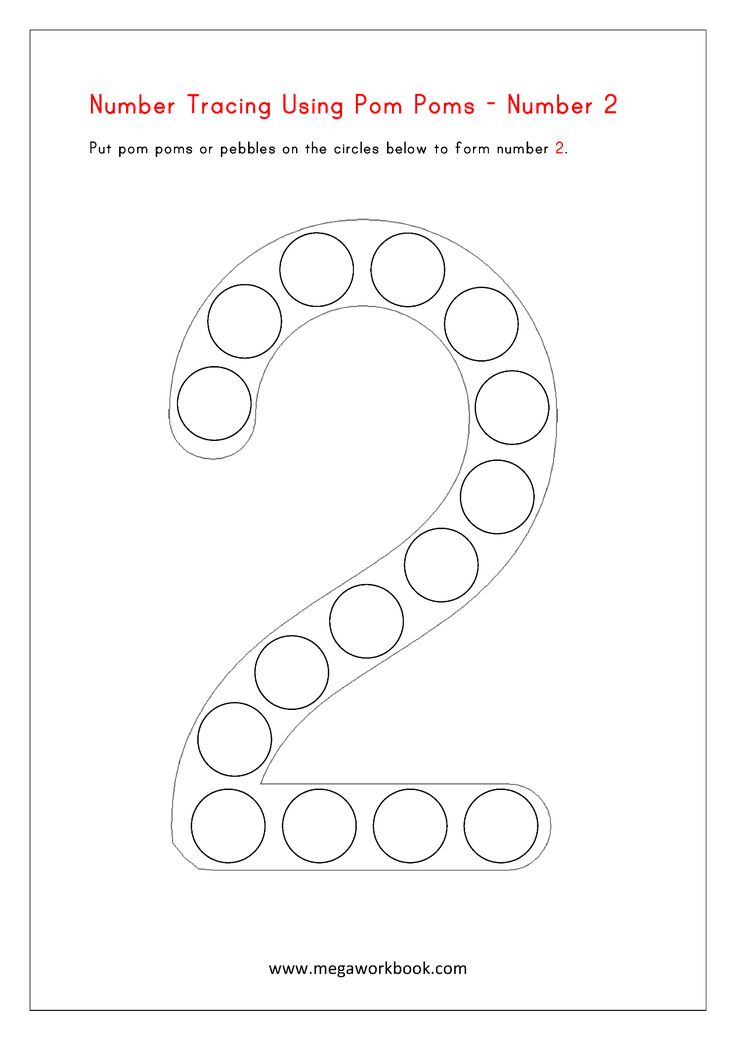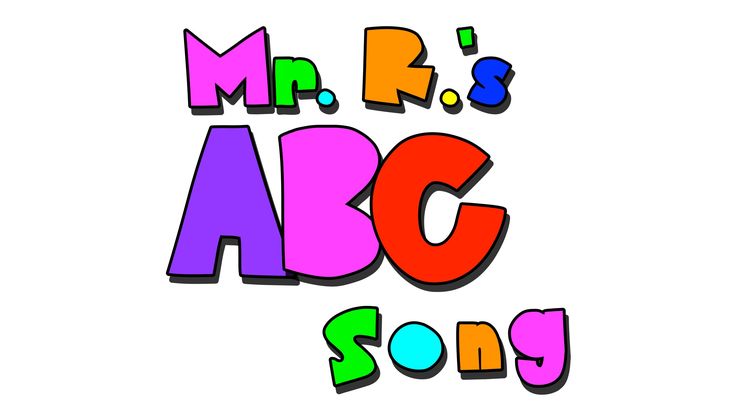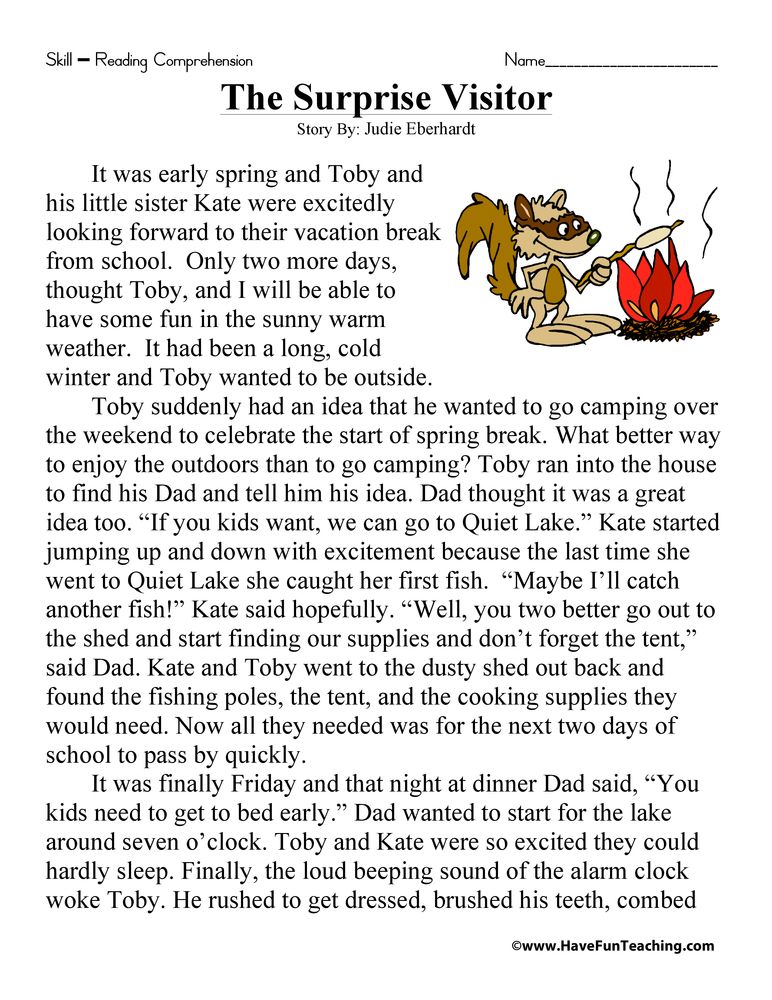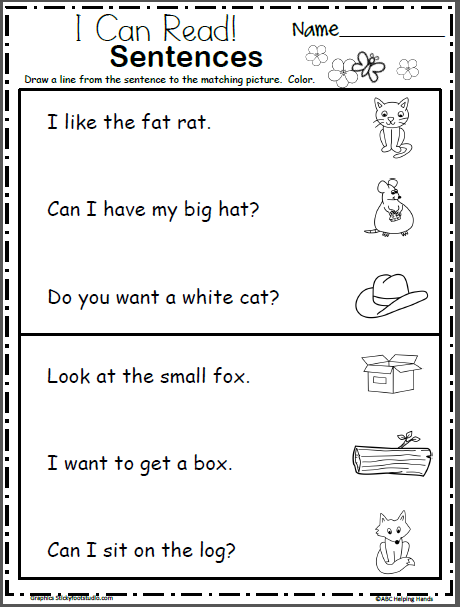Teaching preschoolers about feelings
Talking with preschoolers about emotions — Better Kid Care — Penn State Extension
Just like adults, children need to develop strategies for managing their emotions, so that they can build social-emotional skills. When children are more socially and emotionally aware and skilled, they can more effectively navigate relationships, calm down and problem solve when challenges arise.
But unlike many adults, it can be difficult for children to recognize and understand emotions in themselves and others without adult support. The process of calming down when upset and using words to describe feelings and address challenges requires a lot of practice. It also requires a lot of adult support. When adults provide support and explanations, it helps children understand what they can do to manage their feelings. Children who learn how to understand emotions in themselves and others are better able to regulate their own responses to strong emotions.
Helping children to identify and label emotions is an important first step. Many preschoolers do not yet have the vocabulary to identify feeling words like angry or frustrated, or have the skills to “read” facial cues or to interpret body language. Adults support children’s social-emotional development when they label and talk about emotions.
Support children’s emotional understanding:
- Ask children how they feel and notice children’s feelings throughout the day. For example, when a child has a concern or problem, ask questions or make comments like, “How are you feeling? or “It looks like you might be feeling sad about something.”
- Talk with children throughout the day about emotions. For example, when reading books to children, label the characters’ emotions and point out the facial expression and body language of the characters in books.
- Talk about how you are feeling during the day in appropriate ways. For example, “I am feeling happy today because today we are going on our field trip!” or “I am feeling sad today because I had to take my sick dog to the vet.
 ” Direct children to look at your facial expressions and body language as you say, “How can you tell I’m feeling happy today?”
” Direct children to look at your facial expressions and body language as you say, “How can you tell I’m feeling happy today?” - Talk about how people might feel in different situations to help children understand the different contexts of feelings and that all people have feelings. For example, when reading books or talking with children about their own lives, ask questions like, “Why do you think she felt that way? How could you tell she was feeling sad?”
- Label and define feelings for children when they do not have the words to express how they are feeling. For example, “It looks like you might be concerned that you won’t get a turn on the swings today. That feeling is called worried. Let’s figure out a plan to help you with the problem if you are feeling worried.”
When children experience strong emotions, it’s important for adults to support their efforts to calm down so they will be better able to talk about how they are feeling. After children learn how to calm down and talk about how they are feeling, they can then begin to problem solve.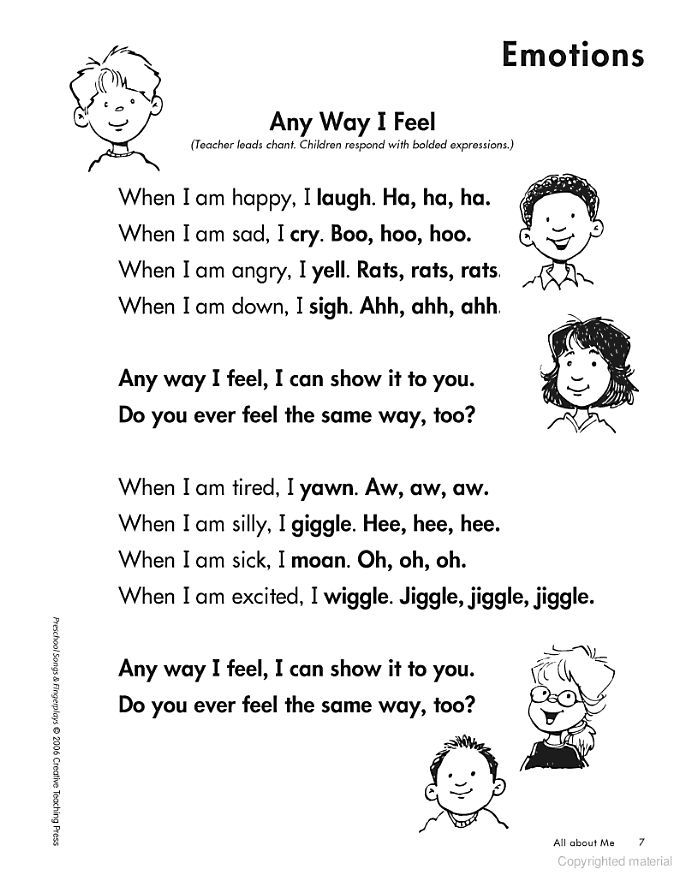 When children are able to problem solve challenges, they are better able to focus on tasks, to learn, to form friendships and to navigate social situations. Talking about problems and how to solve them helps children develop more flexible thinking, and helps them to think about different ways to solve a problem. As children are able to better problem solve on their own it helps build their confidence and sense of “I can do it!” attitude.
When children are able to problem solve challenges, they are better able to focus on tasks, to learn, to form friendships and to navigate social situations. Talking about problems and how to solve them helps children develop more flexible thinking, and helps them to think about different ways to solve a problem. As children are able to better problem solve on their own it helps build their confidence and sense of “I can do it!” attitude.
Support children’s self-regulation and problem-solving skills:
- Help children when they need to calm down. For example, when it looks like a child is beginning to get upset say, “It looks like this is a good time to calm down. Let’s take a deep breath together.”
- Help children frame how they are feeling so that they can talk about the problem. For example, after a child has calmed down, reinforce feeling talk and problem-solving talk by saying, “You took a breath and calmed down, now you can say how you are feeling and what the problem is.
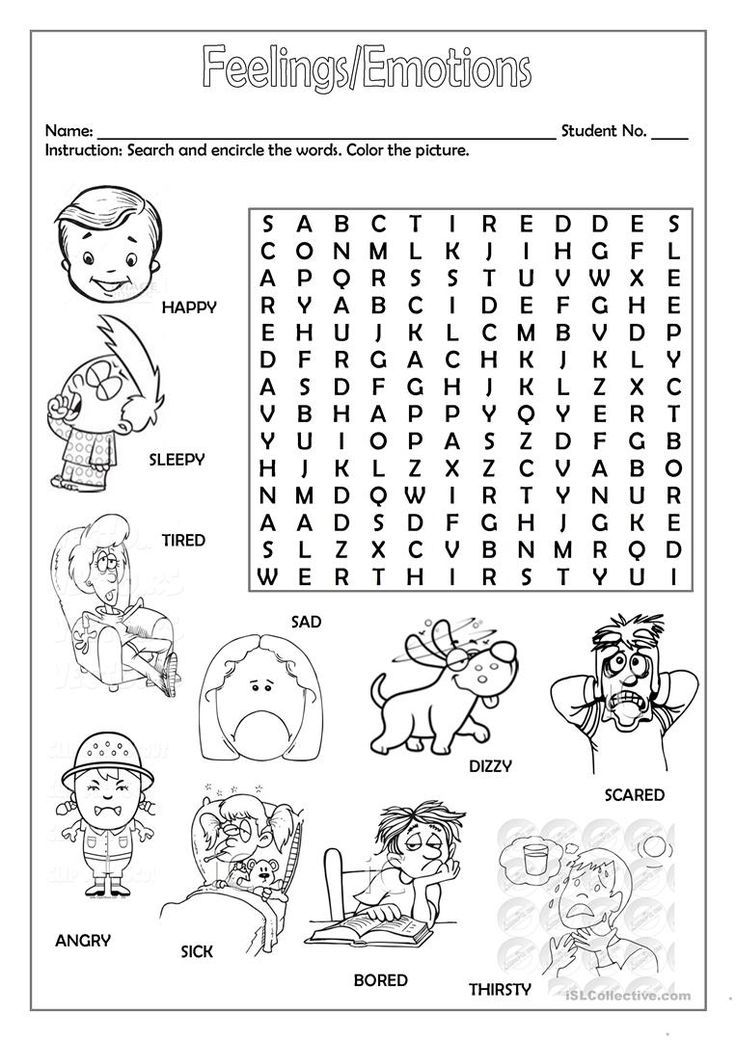 Then we can figure out how to solve the problem.”
Then we can figure out how to solve the problem.” - Model feeling talk and problem solving throughout the day. For example, “I think I need to take a deep breath and calm down. I’m feeling frustrated because I can’t find the book I was going to read to you. I’ll have to think where I put it. I had it when I walked over to the book nook. If I walk over there, maybe I’ll find it.”
- Encourage children to share their feelings with each other. For example, when problems arise, encourage children to talk with each other about their feelings and about the problem. This process helps children label their feelings so that they can calm down, talk about a problem and talk about a solution to the problem.
- Help children make the connection that all feelings are ok, but not all behaviors are ok. For example, “It is ok to feel frustrated when you have to wait your turn for your favorite center. It is not ok to push your friend.”
- Be a cheerleader for children when they are problem solving! For example, “Tamara, you calmed down and told Jeremiah how you were feeling.
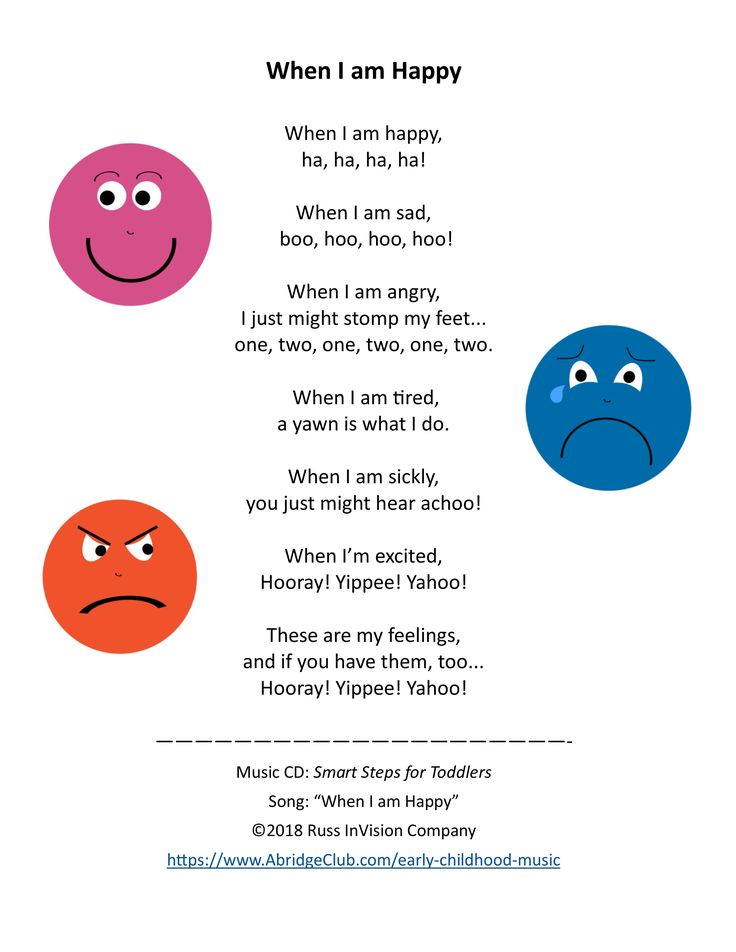 Then you talked to Jeremiah about how to solve the problem so you could both play with the blocks. You were both great problem solvers!” Be specific when offering praise to children about their problem-solving efforts.
Then you talked to Jeremiah about how to solve the problem so you could both play with the blocks. You were both great problem solvers!” Be specific when offering praise to children about their problem-solving efforts.
Helping children develop emotional understanding requires repeated and intentional practice. Adults support children’s development when they help children identify, label and talk about emotions, and when they support children’s efforts around problem solving.
References:
-
Bierman K., C. Domitrovich, R. Nix, S. Gest, J. Welsh, M. Greenberg, C. Blair, K. Nelson, and S. Gill. 2008. “Promoting academic and social-emotional school readiness: The Head Start REDI Program.” Child Development 79: 1802-1817.
-
Collaborative for Academic, Social and Emotional Learning
-
Domitrovich, C., M. Greenberg, C. Kusche, and R. Cortez. 1999. Manual for the Preschool PATHS Curriculum. Channing-Bete Company.

-
Ursache, A., C. Blair, and C. Raver. 2012. “The Promotion of Self-Regulation as a Means of Enhancing School Readiness and Early Achievement in Children at Risk for School Failure.” Child Development Perspectives 6: 122-128.
Download Publication
Talking with preschoolers about emotions (PDF)
Article Details
Title
Talking with preschoolers about emotionsThis publication is available in alternative media on request.
8 Fun Feelings Activities for Preschoolers
- Share
Early childhood is as much about developing a child emotionally as it is about building physical and intellectual capabilities.
These feelings activities for preschoolers bring art, songs, discussion and stories together, to help kids experience their emotions in practical ways.
How do you teach preschoolers about feelings?
As children progress through the stages of emotional development, they naturally learn to identify their feelings and express them in healthy ways.
Much of a child’s emotional development happens during play.
While children are playing dress-up or engaging in pretend play, they are imitating and acting out real-life scenarios, which are full of emotions.
Pretend play gives children a way to safely act out and practise big emotions such as fear, love, sorrow and anger.
However, parents and teachers can also find opportunities for teaching emotions to preschoolers by planning special feelings/emotions activities.
Here are a few ideas.
1. Mirror Emotions
Give children a hand-held mirror or stand in front of a large mirror. Ask them to explore their emotions in their reflections.
Ask them to make different faces. Start with easier emotions to identify, such as sad, happy and angry. Ask how their faces change as their emotions change.
Then, try to play with emotions such as boredom, excitement and worry. What do those faces look like?
Tell children to think of a cute puppy, running away from a lion, a very sad baby, or a big gift they are about to unwrap.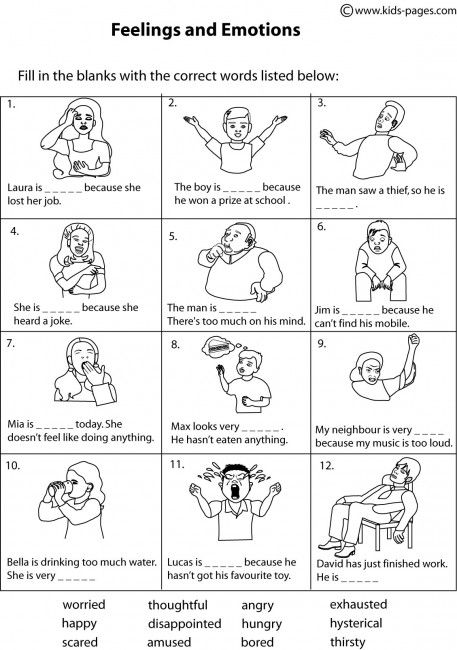 How and why do their faces change?
How and why do their faces change?
2. Dance Your Feelings
Challenge kids to make up dances to show what various emotions feel like:
- A tired dance – Use scarves, slow movements and sleepy faces to slow music.
- An angry dance – Stomp around the room, making jerking movements with stern expressions to choppy music.
- An excited dance – Jump around with lit-up faces and a happy tune.
Choose music to match the mood and try out different emotions.
As a variation, play different kinds of music and ask children to show you, through their dancing, how the music makes them feel.
3. Emotion Drawing
Ask kids to draw a picture that explains how they feel.
Do not direct this activity too much. Rather allow children to express themselves with their own creativity. Different children will find different ways of representing their emotions.
Another way to do this is to play music (use the music from the dancing activity above) and ask your children to draw how the music makes them feel.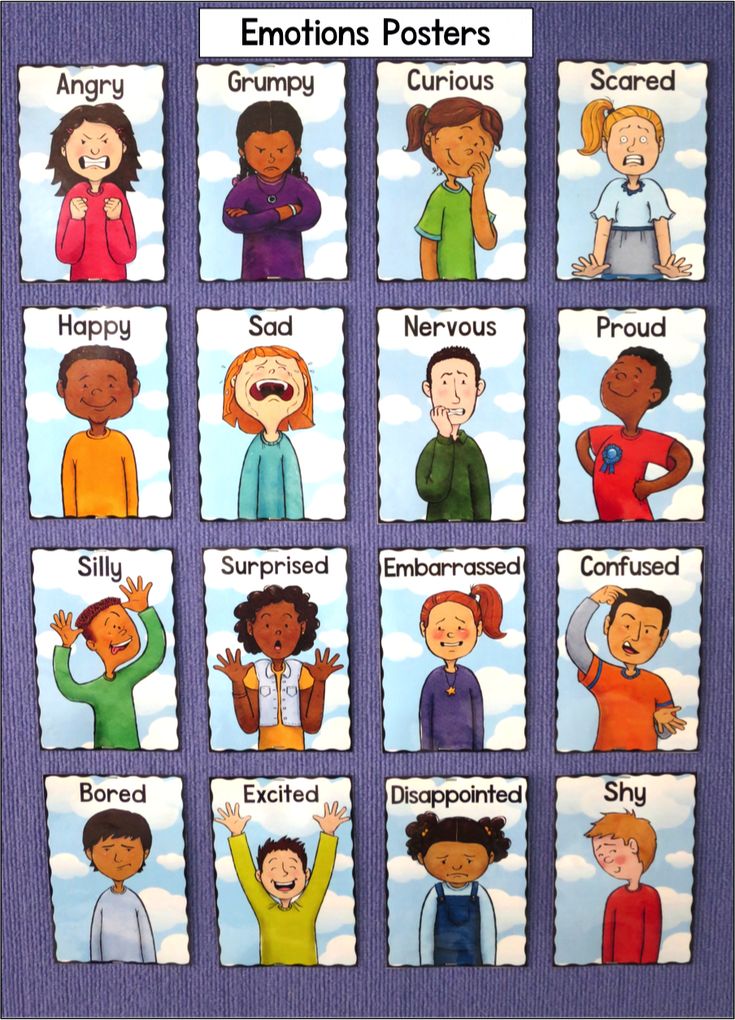
Tip: use clues from movies to help you choose the sounds, such as a choppy violin that’s used when a shark is approaching, or a slow, classical song that creates a sad atmosphere.
4. How Would You Feel?
Have a discussion about feelings and ask kids how they would feel in various situations.
Here are some examples of questions about feelings:
- How would you feel if…?
- How did you feel when…?
- How does it make you feel when…?
- Tell me about a time when you felt really scared.
- What does mom do that makes you feel loved?
Learning to verbalize and express feelings is an important part of healthy development.
5. Paper Plate Faces
Creative art is a great way to make a physical representation of emotions.
One of the simplest emotions crafts for preschoolers is to make paper plate faces, depicting various emotions.
These can be turned into masks or you could attach a craft stick (or ice-cream stick) to the bottom and turn them into puppets for kids to use during their dramatic play.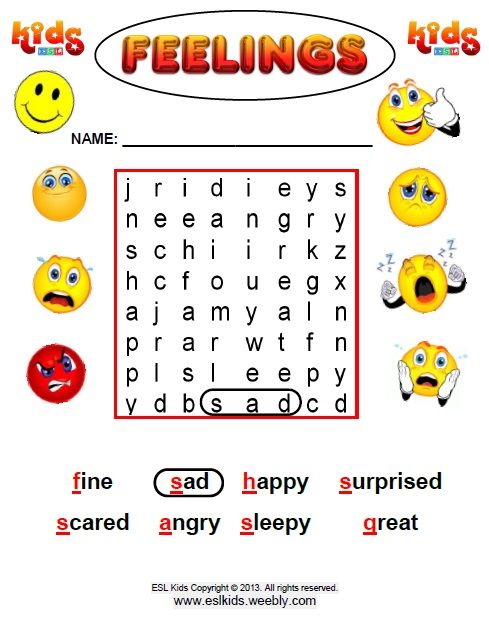
6. Story Time
Story time is one of the easiest ways to incorporate teaching emotions. Books are filled with characters experiencing the full array of emotions and learning important life lessons.
As you read your stories in class or at bedtime, remember to ask questions about what the characters are feeling, why they are feeling that way, as well as how you would feel in the same situation.
7. Feeling Faces
Challenge kids to page through a magazine, or a storybook and identify faces that show strong emotions. Animals’ emotions are also often clearly depicted in drawings.
Cut out faces from a magazine and sort them into groups – happy faces, sad faces, angry faces, etc.
8. Emotion Songs
Music is an excellent medium for teaching skills in early childhood. These cute songs are all about emotions and kids will enjoy singing along to them.
If You’re Happy
This version of the popular song “If You’re Happy and You Know It” is by Super Simple Songs and it incorporates more emotions.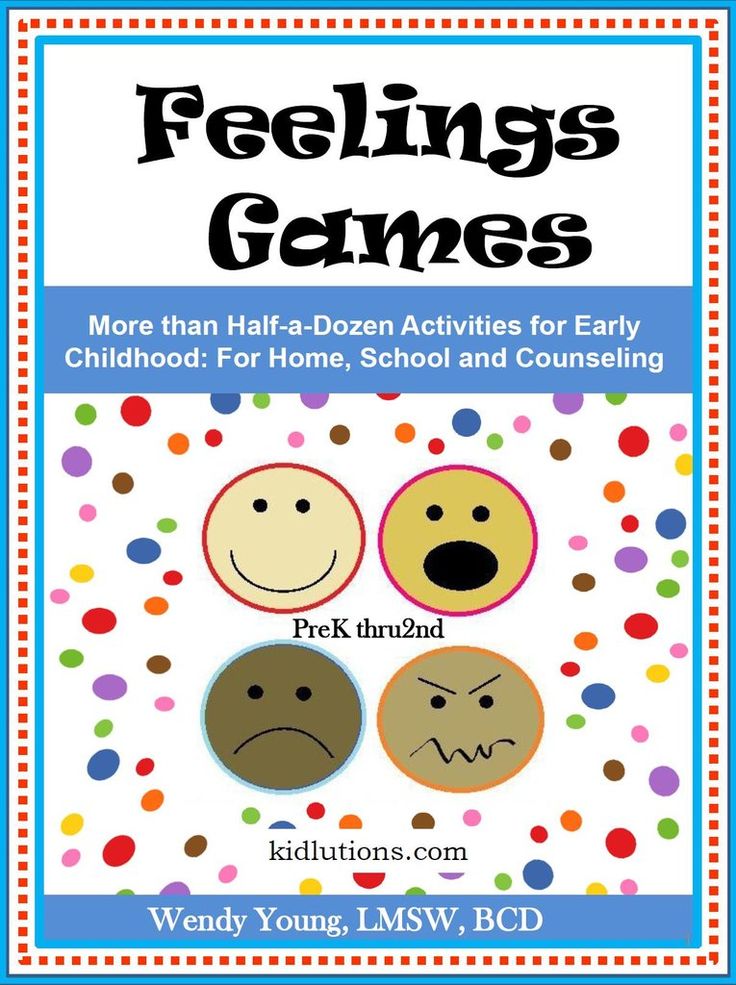 Use these or make it up as you go along.
Use these or make it up as you go along.
If you’re happy happy happy, clap your hands.
If you’re happy happy happy, clap your hands.
If you’re happy happy happy, clap your hands, clap your hands.
If you’re happy happy happy, clap your hands.
If you’re angry angry angry, stomp your feet.
If you’re angry angry angry, stomp your feet.
If you’re angry angry angry, stomp your feet, stomp your feet.
If you’re angry angry angry, stomp your feet.
If you’re scared scared scared, say, “Oh no!”
If you’re scared scared scared, say, “Oh no!”
If you’re scared scared scared, say, “Oh no!” say, “Oh no!”
If you’re scared scared scared, say, “Oh no!”
If you’re sleepy sleepy sleepy, take a nap.
If you’re sleepy sleepy sleepy, take a nap.
If you’re sleepy sleepy sleepy, take a nap, take a nap.
If you’re sleepy sleepy sleepy, take a nap.
If you’re happy happy happy, clap your hands.
If you’re happy happy happy, clap your hands.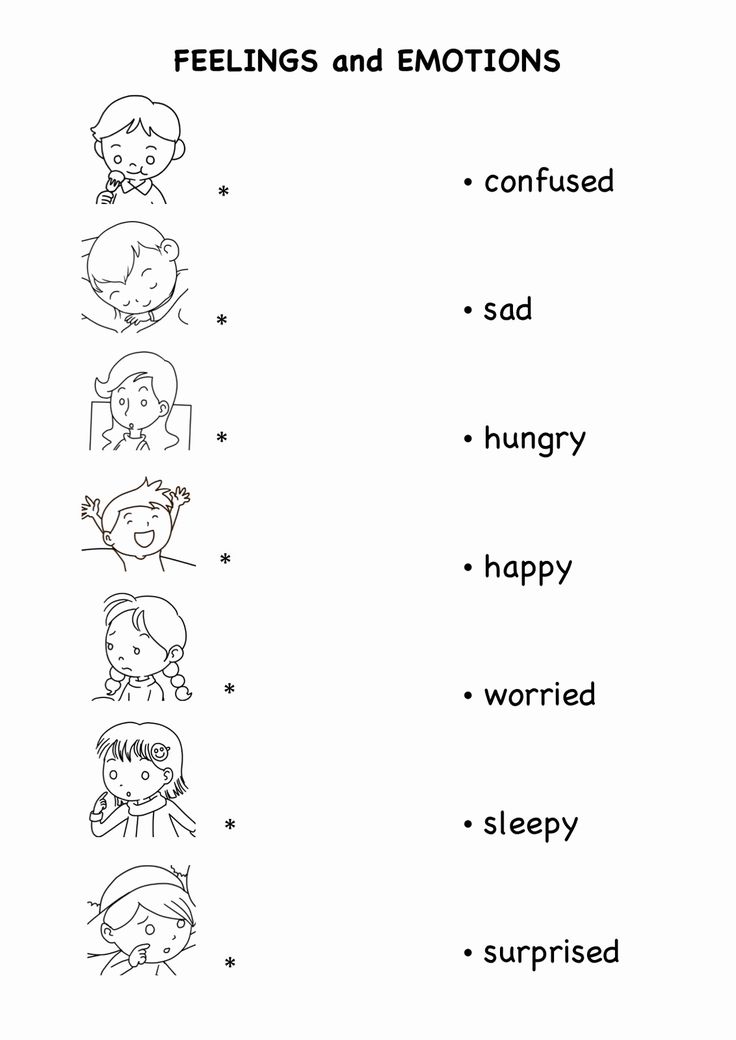
If you’re happy happy happy, clap your hands, clap your hands.
If you’re happy happy happy, clap your hands.
This is a Happy Face
This is a good song to introduce the topic of emotions and how our facial expression often reflects how we’re feeling.
You can listen to the tune here. Watch it and then play it in the background as you sing along and make the faces. It has great music to accompany all the emotions.
This is a happy face.
This is a happy face.
This is a happy face.
This is my happy face.
This is a sleepy face.
This is a sleepy face.
This is a sleepy face.
This is my sleepy face.
This is an angry face.
This is an angry face.
This is an angry face.
This is my angry face.
This is a surprised face.
This is a surprised face.
This is a surprised face.
This is my surprised face.
Happy. Sleepy. Angry. Surprised.
Happy. Sleepy. Angry. Surprised.
This is an excited face.
This is an excited face.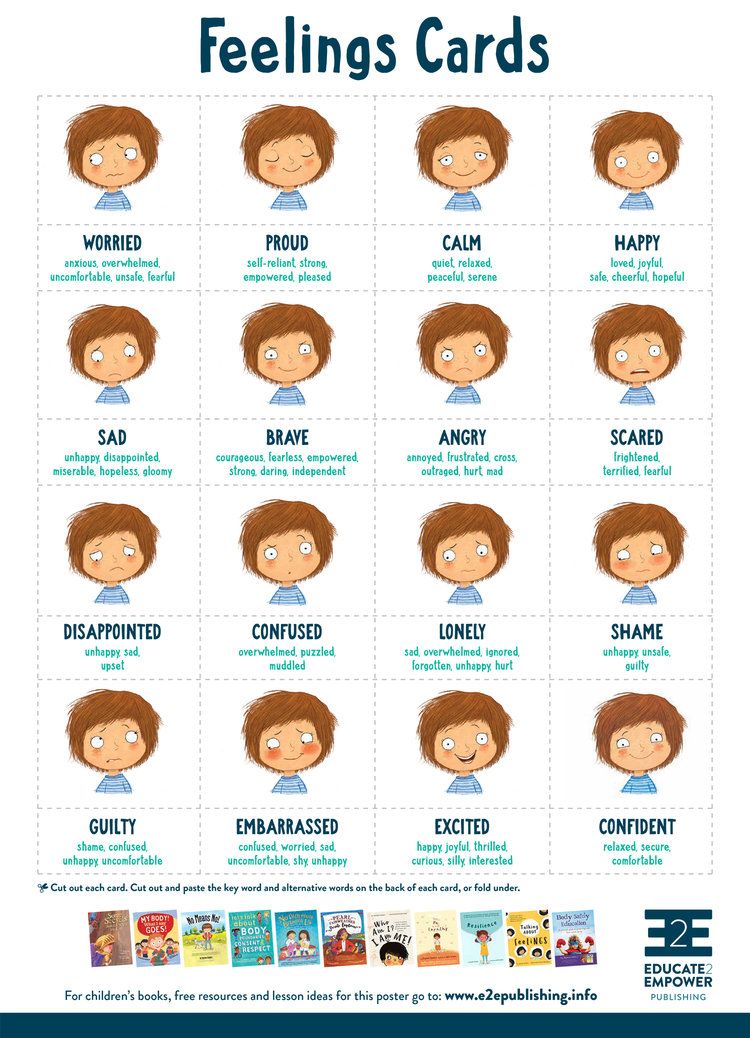
This is an excited face.
This is my excited face.
This is a sad face.
This is a sad face.
This is a sad face.
This is my sad face.
This is a nervous face.
This is a nervous face.
This is a nervous face.
This is my nervous face.
This is a silly face.
This is a silly face.
This is a silly face.
This is my silly face.
Excited. Sad. Nervous. Silly.
Excited. Sad. Nervous. Silly
“Now, let me see those faces!”
Show me your happy face.
Show me your sleepy face.
Show me your angry face.
Show me your surprised face.
Show me your excited face.
Show me your sad face.
Show me your nervous face.
Show me your silly face.
This is a happy face.
This is a happy face.
This is a happy face.
This is my happy face.
I hope you liked these simple emotions activities for preschoolers.
For more ideas, here are some social-emotional activities for preschoolers.
Get FREE access to Printable Puzzles, Stories, Activity Packs and more!
Join Empowered Parents + and you’ll receive a downloadable set of printable puzzles, games and short stories, as well as the Learning Through Play Activity Pack which includes an entire year of activities for 3 to 6-year-olds.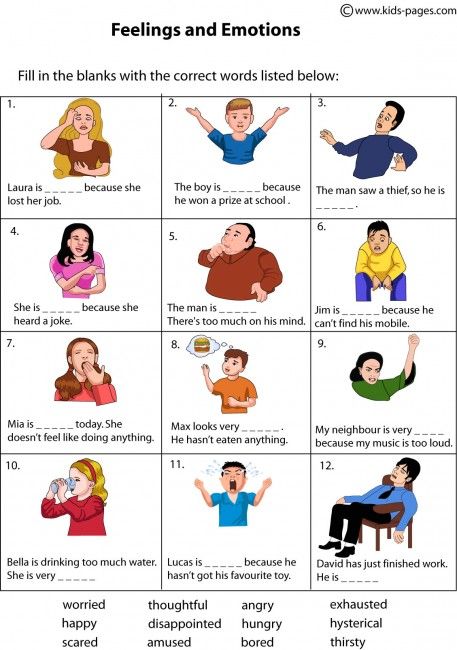
Access is free forever.
Signing up for a free Grow account is fast and easy and will allow you to bookmark articles to read later, on this website as well as many websites worldwide that use Grow.
- Share
MBOU Odintsovo Lyceum No. 2 preschool department
Senior teacher Dzhula Elena Petrovna
The problem of the development of the child's emotional sphere currently attracts many scientists. This is due to the fact that the current generation of children is brought up in special conditions, in a situation of social, economic and political instability, a change in psychological and pedagogical attitudes towards the upbringing and education of preschoolers, and the modernization of the education system. Therefore, the results of many years of research by scientists (K. Izard, V.K. Vilyunas, A.D. Kosheleva, etc.), who dealt with this problem, do not allow today to fully reflect the change in the social order for the development of certain aspects of this problem.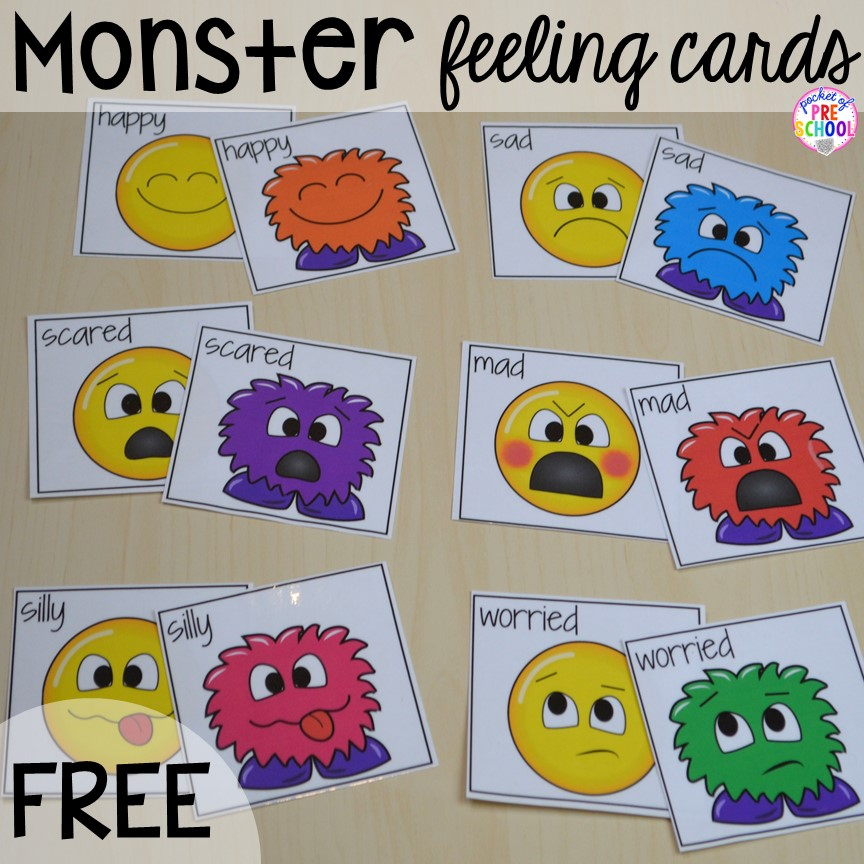 One of these aspects is methodical work in kindergarten to provide conditions for the emotional development of preschool children.
One of these aspects is methodical work in kindergarten to provide conditions for the emotional development of preschool children.
The concept of emotions and emotional development
“The emotional development of a preschooler is one of the most important conditions for its education” A.V. Zaporozhets
The development of a child is closely interconnected with the peculiarities of the world of his feelings and experiences. Emotions, on the one hand, are an "indicator" of the state of the child, on the other hand, they themselves significantly affect his cognitive processes and behavior, determining the direction of his attention, the features of perception of the world around him, and the logic of judgments.
Often the words "emotion" and "feeling" are used as synonyms, while an emotion is a direct, temporary experience of some more permanent feeling. In the exact translation into Russian, “emotion” is emotional excitement, spiritual movement.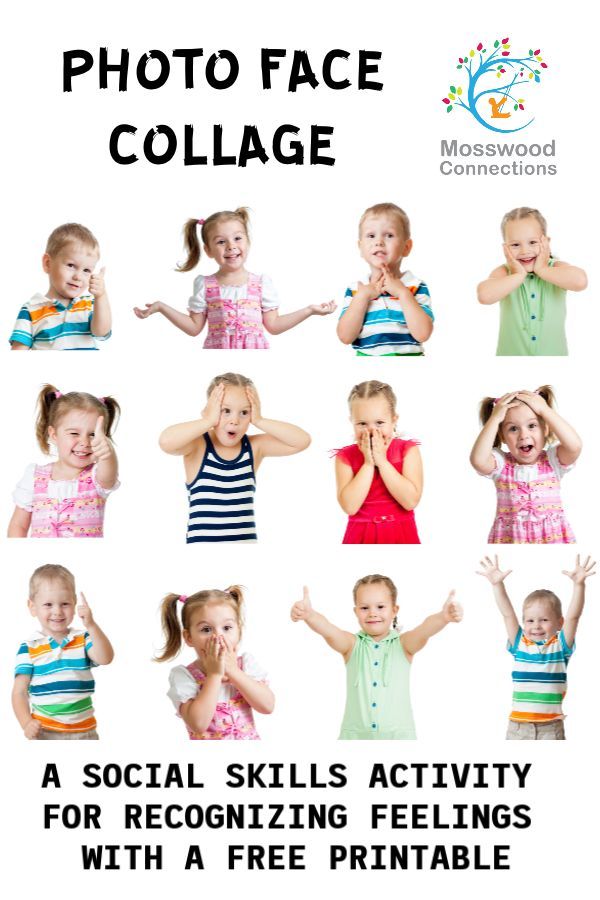
Emotions - a special class of subjective psychological states, reflecting in the form of direct experiences, sensations of pleasant or unpleasant, a person's attitude to the world, to people, the process and results of his practical activity.
In humans, the main function of emotions is that, thanks to emotions, we understand each other better, we can, without using speech, judge each other’s states and better re-adjust to joint activities and communication, to anticipate situations and events that have not actually occurred yet , based on ideas about previously experienced or imagined situations. According to the classification proposed by K. Izard, fundamental and derivative emotions are distinguished.
K fundamental include: interest, joy, surprise, suffering, anger, disgust, contempt, fear, shame. The rest of the emotions are derivatives.
It should not be assumed that if there are more negative emotional states, then this means that positive emotional states have a smaller share in the general register of human emotions.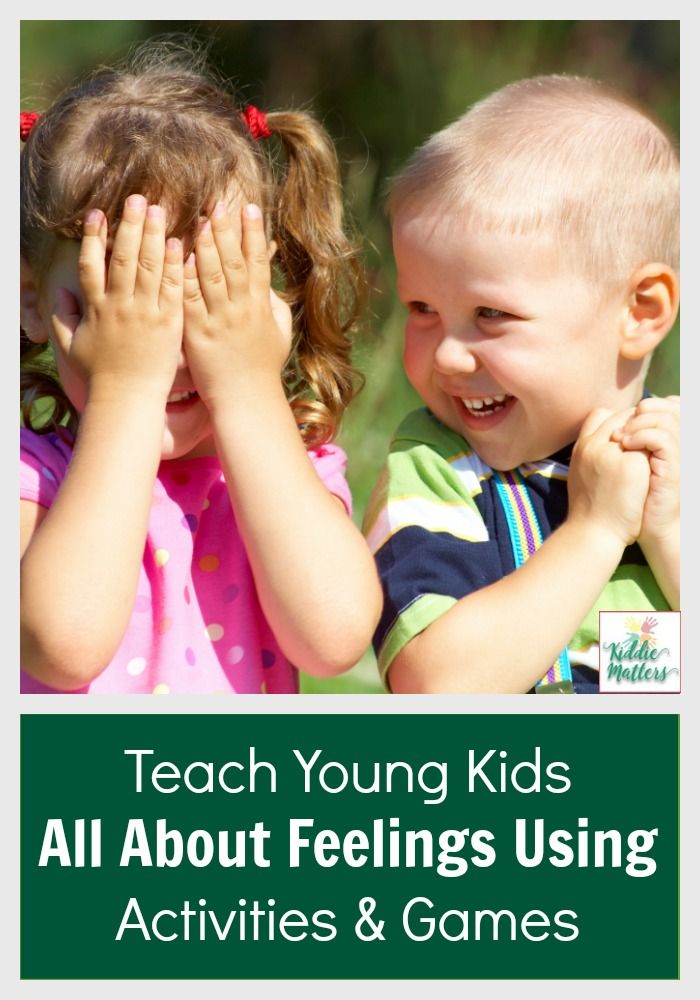 A greater variety of negative emotions makes it possible to more successfully adapt to adverse circumstances, the nature of which is successfully and subtly signaled by negative emotional states. As a child grows and develops, changes occur in his emotional sphere. His views on the world and relations with others are changing, the ability to recognize and control his emotions develops. But by itself, the emotional sphere cannot develop. It needs to be constantly developed. So, young children are often “captured by emotions”, because they still cannot control their feelings, which can lead to impulsive behavior, complications in communicating with peers and adults. However, as they develop emotionally, they constantly develop the ability to realize and control their experiences, to understand the emotional state of other people, the arbitrariness of behavior develops, feelings become more stable and deep.
A greater variety of negative emotions makes it possible to more successfully adapt to adverse circumstances, the nature of which is successfully and subtly signaled by negative emotional states. As a child grows and develops, changes occur in his emotional sphere. His views on the world and relations with others are changing, the ability to recognize and control his emotions develops. But by itself, the emotional sphere cannot develop. It needs to be constantly developed. So, young children are often “captured by emotions”, because they still cannot control their feelings, which can lead to impulsive behavior, complications in communicating with peers and adults. However, as they develop emotionally, they constantly develop the ability to realize and control their experiences, to understand the emotional state of other people, the arbitrariness of behavior develops, feelings become more stable and deep.
Emotional development in preschool age.
The emotional development of a preschooler is associated primarily with the emergence of new interests, motives and needs.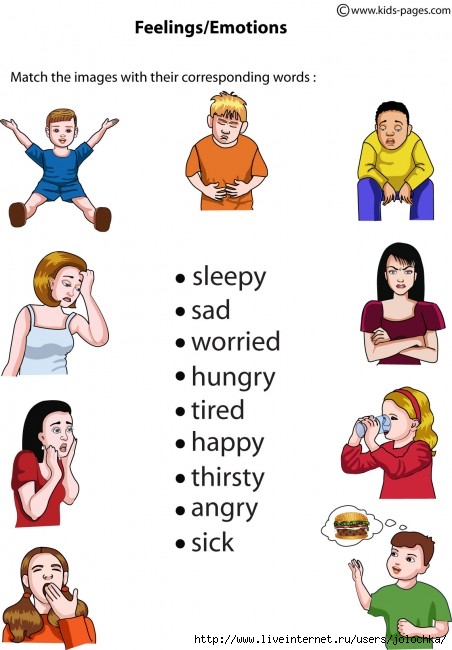 Social emotions and moral feelings begin to develop intensively. The establishment of a hierarchy of motives leads to changes in the emotional sphere.
Social emotions and moral feelings begin to develop intensively. The establishment of a hierarchy of motives leads to changes in the emotional sphere.
Identification of the main motive, to which the whole system of others is subordinate, stimulates stable and deep feelings. Feelings lose their situationality, become deeper in semantic content. An emotional anticipation is formed in a preschooler, which makes him worry about the possible results of his activity, to anticipate the reaction of other people to his actions. Gradually, the preschooler begins to foresee not only the intellectual, but also the emotional results of his activities. Assuming how happy mom will be, he gives her a gift, refusing an attractive game.
Also, changes in the emotional sphere are associated with the development of the cognitive sphere of the personality, self-awareness. The inclusion of speech in emotional processes ensures their intellectualization. The first attempts to restrain one's feelings, for example, their external manifestations - tears, can be seen in a child at 3-4 years old.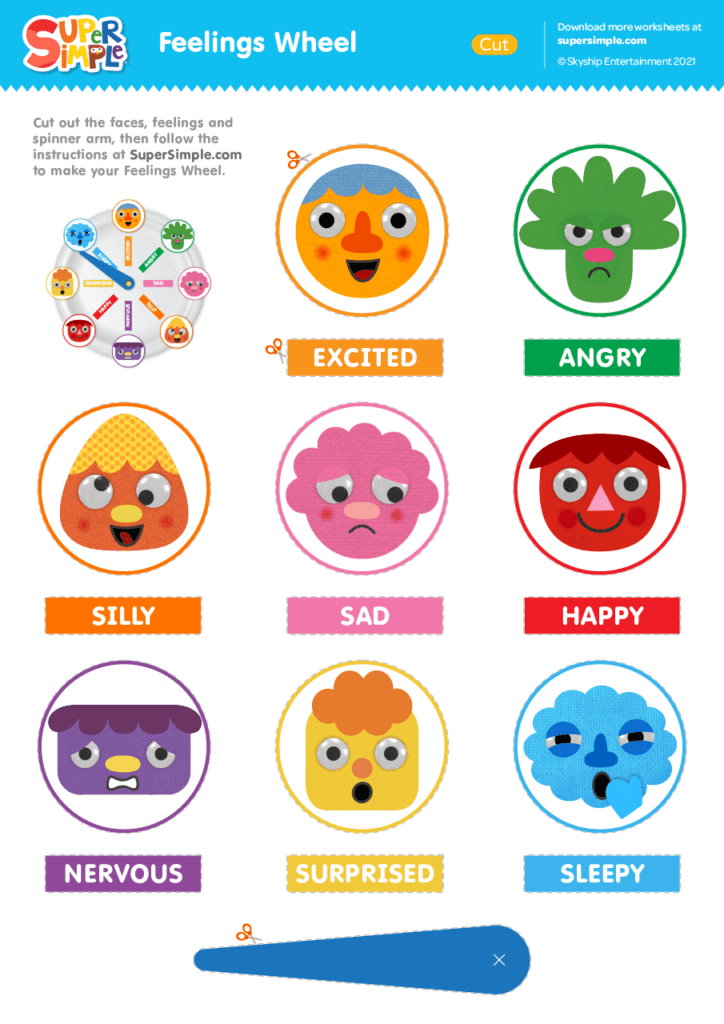 The older preschooler begins to control the expression of emotions, influencing himself with the help of a word. So at preschool age, the child masters the highest forms of expression - the expression of feelings, with the help of intonation, facial expressions, pantomime.
The older preschooler begins to control the expression of emotions, influencing himself with the help of a word. So at preschool age, the child masters the highest forms of expression - the expression of feelings, with the help of intonation, facial expressions, pantomime.
In addition to vegetative and motor components, the structure of emotional processes now includes complex forms of perception, imaginative thinking, and imagination. The child begins to rejoice and grieve not only about what he is doing at the moment, but also in connection with what remains to be done. Experiences become more complex and deeper. At the same time, higher feelings are intensively developing: moral, aesthetic, cognitive.
Relationships with loved ones are the source of humane feelings. A preschooler turns into a subject of emotional relationships, empathizing with other people. A powerful factor in the development of humane feelings is a role-playing game. In addition, new emotional experiences arise in labor activity: joy from overall success, satisfaction from the good performance of one's duties, dissatisfaction with one's bad work.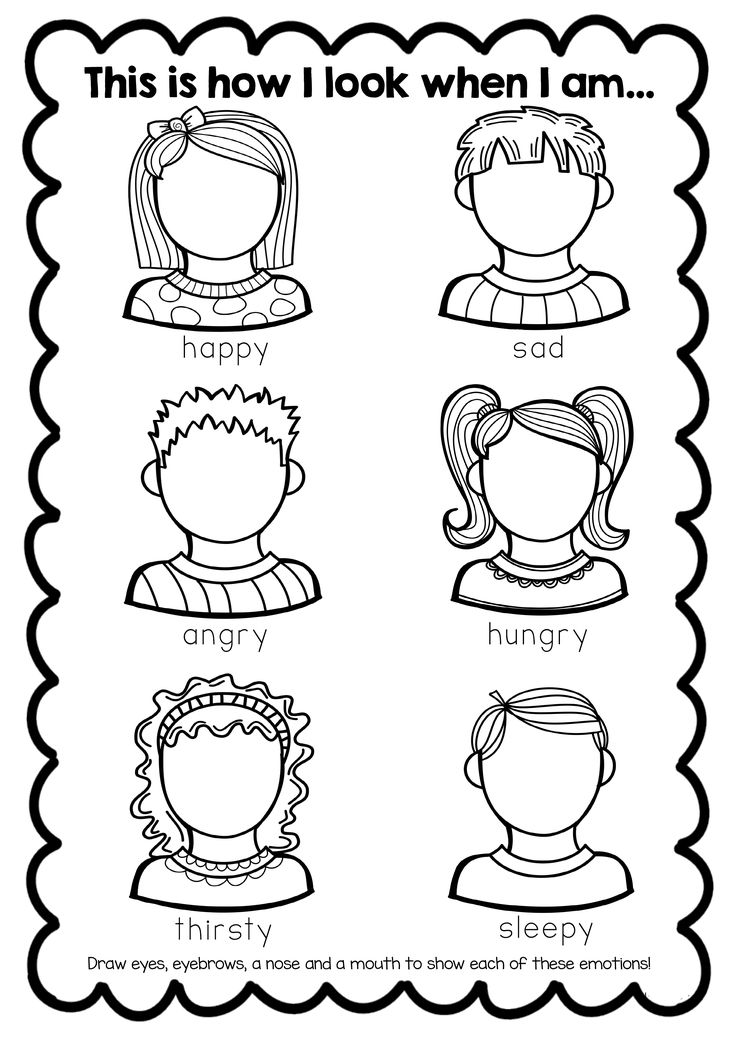 On the basis of acquaintance of children with the work of adults, love and respect for it is formed. Preschoolers transfer a positive attitude towards work to their own activities.
On the basis of acquaintance of children with the work of adults, love and respect for it is formed. Preschoolers transfer a positive attitude towards work to their own activities.
Sympathy in preschoolers becomes more effective, manifesting itself as a desire to help, sympathize, share. Sympathy and sympathy encourage the child to commit the first moral deeds. A 4-5 year old child fulfills moral standards, showing a sense of duty, first of all, in relation to those with whom he sympathizes and sympathizes. The first more or less complex manifestations of a sense of duty occur in children 4-5 years old. The child develops a moral consciousness, he is able to understand the meaning of the demands placed on him and relate them to his own actions and actions, as well as to the actions and actions of others. At the age of 5-7, a sense of duty arises in a child in relation to adults and peers, a preschooler begins to experience this feeling for babies. The most pronounced sense of duty is manifested in 6-7 years.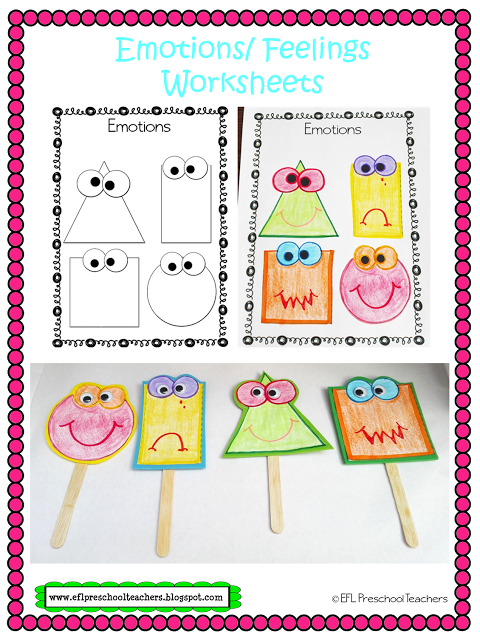 The child realizes the necessity and obligation of the rules of social behavior and subordinates his actions to them. The ability to self-esteem increases. Violation of the rules, unworthy actions cause awkwardness, guilt, embarrassment, anxiety. By age 7, the sense of duty extends to a wider range of people with whom the child does not interact directly. Experiences are deep enough and persist for a long time.
The child realizes the necessity and obligation of the rules of social behavior and subordinates his actions to them. The ability to self-esteem increases. Violation of the rules, unworthy actions cause awkwardness, guilt, embarrassment, anxiety. By age 7, the sense of duty extends to a wider range of people with whom the child does not interact directly. Experiences are deep enough and persist for a long time.
The development of camaraderie and friendship takes place long before children begin to understand their relationship with comrades in terms of moral standards. At the age of 5, the guys are dominated by friendship alternately with many children, depending on the circumstances. At the age of 5-7, the friendship of one child with many children is preserved, although paired friendship is more common and is characterized by deep sympathy. Older children play with those with whom they are friends based on sympathy and respect.
In addition to moral feelings, intellectual and aesthetic feelings develop at preschool age.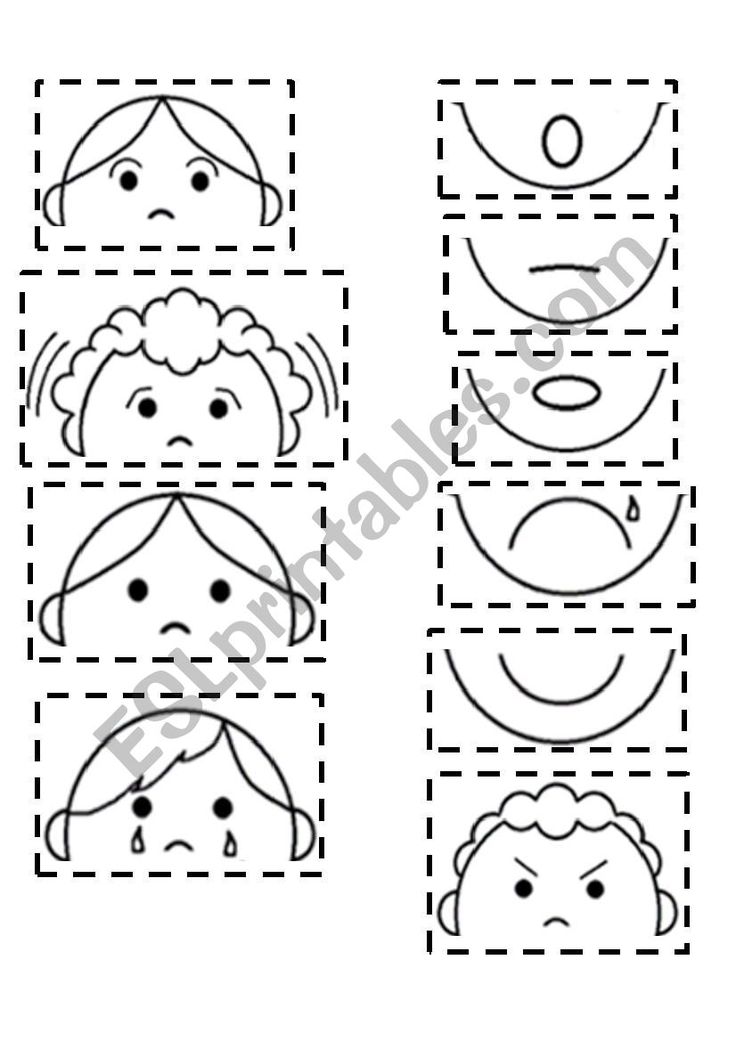 The development of intellectual feelings of preschoolers is associated with the formation of cognitive activity. Joy when learning something new, surprise and doubt, bright positive emotions not only accompany the child's small discoveries, but also cause them.
The development of intellectual feelings of preschoolers is associated with the formation of cognitive activity. Joy when learning something new, surprise and doubt, bright positive emotions not only accompany the child's small discoveries, but also cause them.
The development of aesthetic feelings is associated with the formation of children's own artistic and creative activity and artistic perception. Aesthetic feelings of children are interconnected with moral ones. The child approves of the beautiful and good, condemns the ugly and evil in life, art, literature.
The child experiences the brightest positive emotions in a situation of comparing himself with a positive literary hero, actively empathizing with him. The preschooler makes such a comparison only mentally and with confidence that in a similar situation he would have acted the same way. Therefore, there are no negative emotions towards the character.
Let's summarize the results of emotional development at preschool age :
- the child masters social forms of expression of feelings;
- the role of emotions in the child's activity changes, emotional anticipation is formed;
- feelings become more conscious, generalized, reasonable, arbitrary, extra-situational;
- higher feelings are formed - moral, intellectual, aesthetic.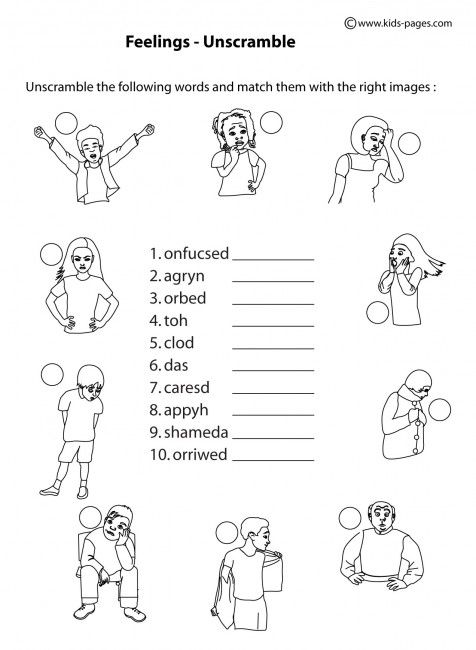
In order to properly organize the work on the development of emotions in preschool children, it is necessary:
analyze diagnostic and developmental methods, software and methodological support for the development of emotions in preschool children;
identify the level of emotional development of preschool children and assess the activities of teachers in the emotional development of children;
develop a plan of work with children and teachers and the content of activities aimed at improving the effectiveness of the emotional development of children.
Teaching aid "Logorhythm" as a tool for developing a sense of rhythm in music classes in preschool children
| additional education teacher MBUDO DDT im. V. Dubinin Novosibirsk |
For a music teacher, the early recognition and development of children's musical abilities is always a topical issue.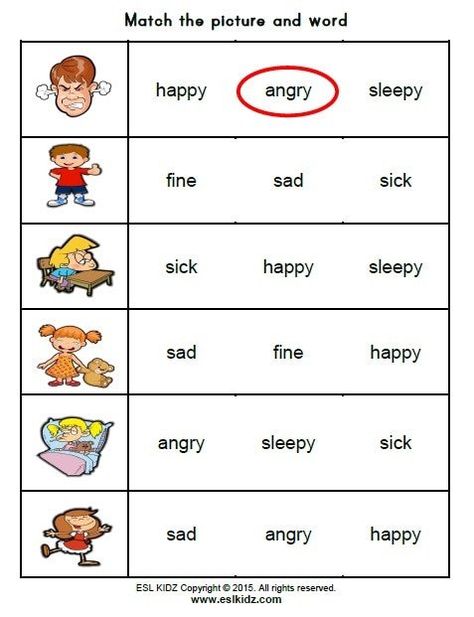 Many years of experience in my work has shown that in relation to musical abilities, the level of development of a sense of musical rhythm is especially significant.
Many years of experience in my work has shown that in relation to musical abilities, the level of development of a sense of musical rhythm is especially significant.
The traditions of musical education of children of senior preschool age have a long history, but at the same time, the question of early discrimination and development of musical abilities is relevant for the current musical pedagogy.
MBUDO DDT them. V. Dubinin, an additional general educational general developmental program “We grow and develop” is being implemented. The program highlights 8 areas of creative and cognitive activity. Within the framework of the musical direction, educational and methodological complex for the development of the musical rhythm of children “Logorhythmics. Musical and rhythmic games and exercises for preschool children”: https://sites.google.com/view/logoritmika-timoshka.
"Logorhythmics" is a set of gaming exercises that includes the means of speech therapy, music-rhythm and physical education.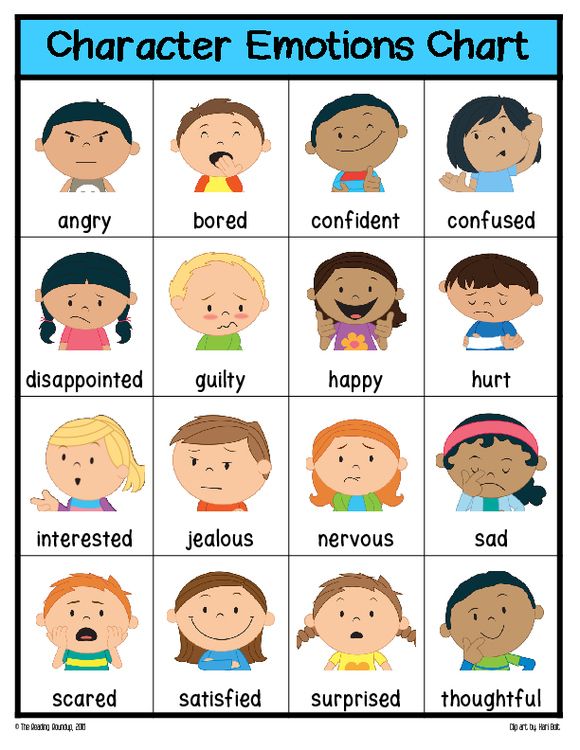 All types of logorhythmic games and exercises are offered to preschool children in combination with some kind of rhythmic basis: to music, to counting or verbal, often poetic accompaniment.
All types of logorhythmic games and exercises are offered to preschool children in combination with some kind of rhythmic basis: to music, to counting or verbal, often poetic accompaniment.
In logorhythmics, experts distinguish two main directions in working with children:
The first direction provides for the development of non-speech processes: improvement of general motor skills, coordination of movements, orientation in space; regulation of muscle tone; development of a sense of musical tempo and rhythm, singing abilities; activation of all types of attention and memory.
The second area of logorhythmic work: the development of children's speech and the correction of their speech disorders. This work includes the development of breathing, voice, articulatory and facial motor skills, coordination of speech with movement; education of the correct sound pronunciation and the formation of phonemic hearing.
The manual includes several sections:
- Development of non-speech processes.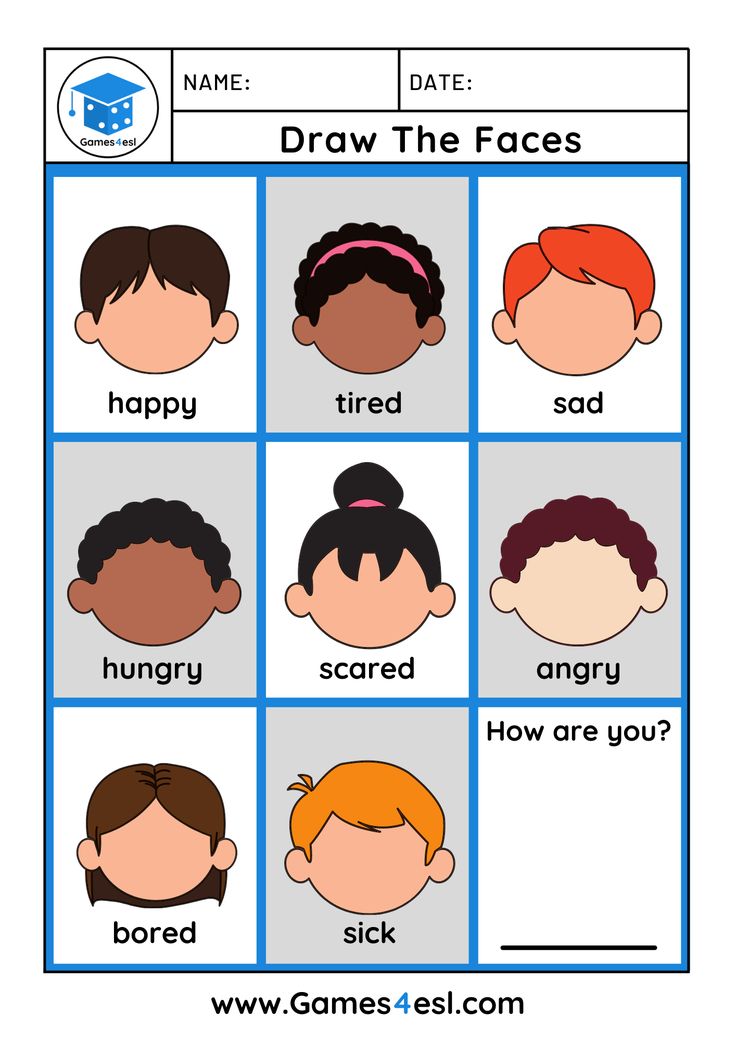 Walking and marching.
Walking and marching.
- Development of attention and memory.
- Regulation of muscle tone.
- Development of a sense of musical rhythm.
Musical and game activity performs not only teaching, educational and communicative functions, but is also a way to relieve stress, has a positive effect on the child, broadens horizons, develops thinking and creative activity.
Games help to form the initial skills in the musical field, helping to cope with the experiences that arise in the learning process. Classes in musical logarithmics at preschool age have a beneficial effect on the development of the child, his general and musical abilities and speech development in general.
Musical abilities in all children are revealed in different ways. The indicators of the development of a sense of rhythm (rhythmic hearing) include the expressiveness of movements, their correspondence to the nature and rhythm of the music.
Rhythmic hearing is also developed in learning to play musical instruments.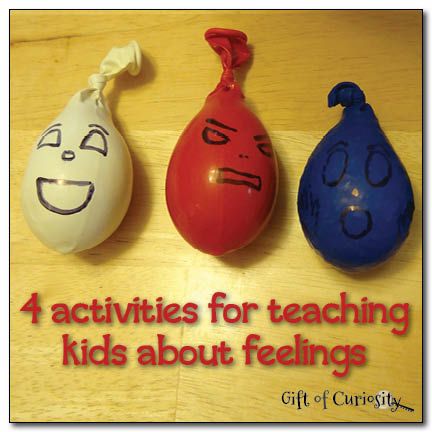 As children begin to feel and reproduce in movements (walking, clapping) the rhythm of music, they are instructed to play the instruments themselves (tambourine, drum, wooden sticks, spoons, bell, etc.). First, the teacher helps the children to get in time with the music, then their actions become more and more independent.
As children begin to feel and reproduce in movements (walking, clapping) the rhythm of music, they are instructed to play the instruments themselves (tambourine, drum, wooden sticks, spoons, bell, etc.). First, the teacher helps the children to get in time with the music, then their actions become more and more independent.
Having listened to any piece of music performed by the teacher several times, the children must first determine the unit of pulsation, namely, which durations are the shortest and which are the longest. Children who come to music classes have different musical experiences, different inclinations, and different musical sensitivities. As a starting point, it should be considered that any child's ear for music (including rhythmic) can be developed.
For example, uniform pulsation is manifested in jokes and songs in the form of correctly repeated beats, therefore, the usual movements (steps) accompanying children's games correspond to the pulsation of quarters.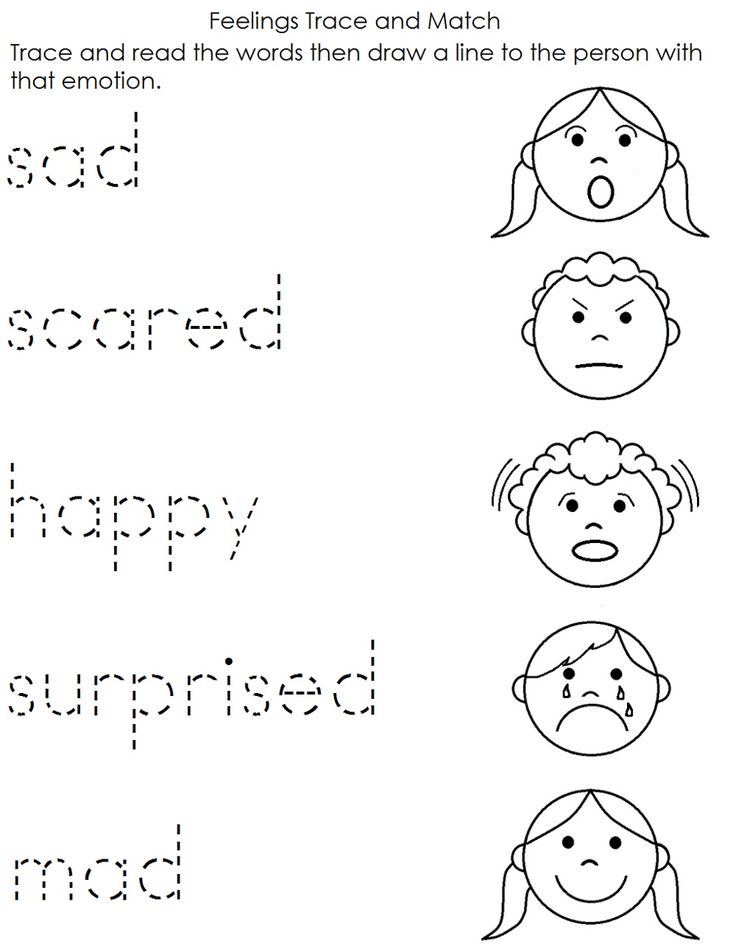
The continuity of the pulsation during singing is reinforced by playing movements. The ability to feel a uniform pulsation for a long time should be formed in the child. The same movement in different games can have different meanings. For example, blows from top to bottom can mean breaking nuts, driving nails with a hammer; flapping of hands - flapping of wings, flight of a ladybug, flight of an eagle; clapping - hitting cymbals (musical instrument), cracking nuts, goose cackling, etc.
Awareness of the rhythm of the songs should be achieved only after the children quite confidently begin to feel the uniform pulsation and are able to accurately convey it in movements without the help of a teacher. While singing songs, we can first pick out their rhythm by clapping.
For the greatest success in the assimilation of rhythmic formulas by children, you can use the game "Echo". This is an exercise, which consists in the fact that the teacher slams rhythmic motives, and the children, imitating, exactly repeat each of them.